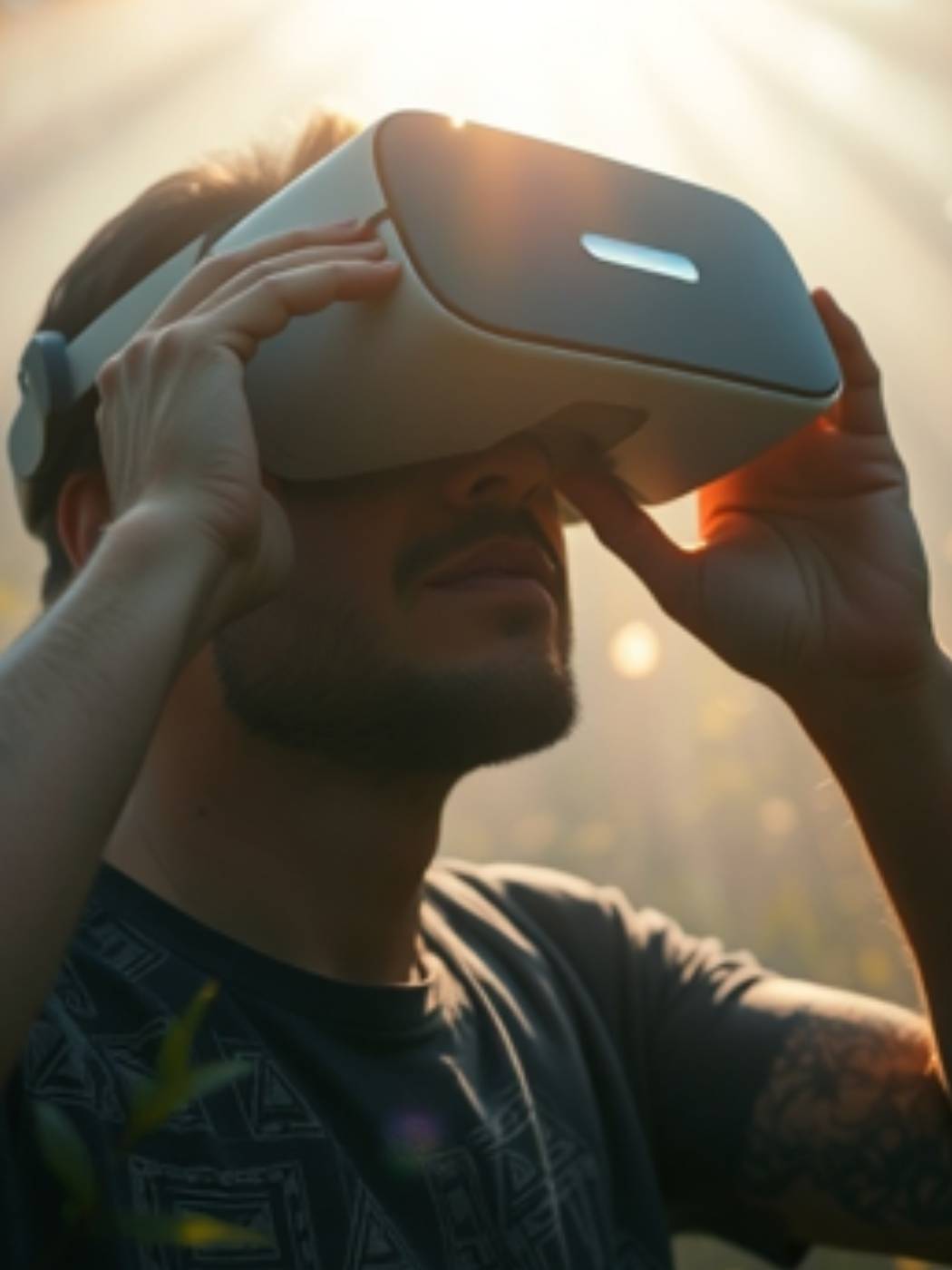Virtual reality in corporate events: an immersive and interactive experience
One of the requirements for corporate event planners is to offer immersive, innovative and memorable experiences that can stand out and appeal to an increasingly diverse audience. Virtual reality is a technology that offers immersive experiences through users’ realistic interaction with synthetic 3D environments, accessible through VR visors, enabling the creation of installations, interactive digital content, immersive spaces and virtual reality applications. The experiences are highly customizable, and their remote usability makes even the most distant events more accessible and sustainable.
Priorities for corporate events: personalized and accessible experiences
Increasingly, companies want tailor-made corporate events that can offer unique and personalized experiences to engage audiences more deeply. Key needs include:
- Active engagement and personalization: create interactive experiences that turn participants into protagonists, tailoring content to the interests of customers, employees, partners or investors.
- Accessibility: overcoming geographic and logistical barriers by enabling remote participation to expand the reach of events.
- Sustainability: reducing the environmental impact of traditional events by limiting physical travel


Immersive installations and apps for advanced sensory experiences
Orbyta Tech responds to these needs by harnessing the potential of virtual reality to deliver unique and memorable experiences for events and team building. Depending on the type of event or installation, different VR experiences can be designed, ranging from the most relaxing and comfortable to the most immersive and stimulating. Experiential concepts can vary widely, offering options that are diverse in comfort level, ease of installation, and simplicity of controls. This approach allows the selection of the most appropriate VR solution for the context, ensuring an optimal experience calibrated to the needs of the audience.
Here are two examples:
- Zenscape is a virtual reality app designed to facilitate mindfulness practice through immersive environments. Using advanced simulation technologies, the app offers natural and fantastic scenarios, allowing users to immerse themselves in visual and sound experiences designed for relaxation.
- EdgeFall, on the other hand, offers a virtual reality experience in which users face a challenge by traversing a suspended surface, generating a strong feeling of vertigo and immersion. The environment is highly customizable, with the ability to vary complexity and height based on the desired theme or narrative.


The competitive advantage of events in VR
As an experience that is still uncommon in the corporate environment, the use of VR allows it to stand out, offering customers and employees an innovative and immersive interaction that enhances the brand by creating an impact of amazement and memorability.
The implementation of VR in events not only has a positive impact in terms of customer experience, but also stimulates broader thinking about the future of shared experiences. As technologies evolve and become increasingly integrated into our daily lives, the ability to create immersive, personalized and accessible experiences becomes a key element for any organization that wishes to remain competitive in an increasingly digital world.